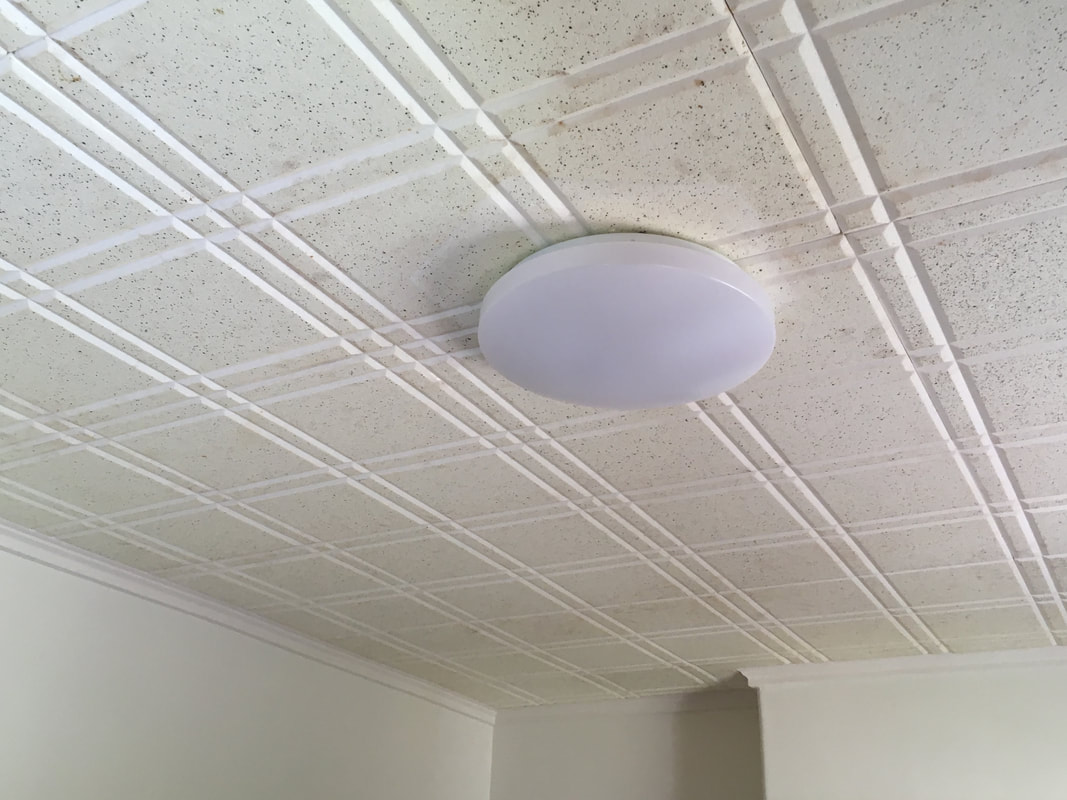Considering this, if a property is to be rented out containing styrene tiles, it is quite legal to do so, however as a land lord you have a duty of care for your tenants. If it is a house for your own family, surely you would simply remove the tiles to negate any of the associated risk and danger.
These light weight tiles are often simply attached with a small blob of blue, so rectification work is quite simply patching and painting.
As an additional reason to remove these foam products, termites are also commonly found within polystyrene, as it provides a temperature controlled environment that they like to set up a sub nest within. It is easy for termites to borrow through styrene and unfortunately as an insulation material, it is hard to detect them.

 RSS Feed
RSS Feed